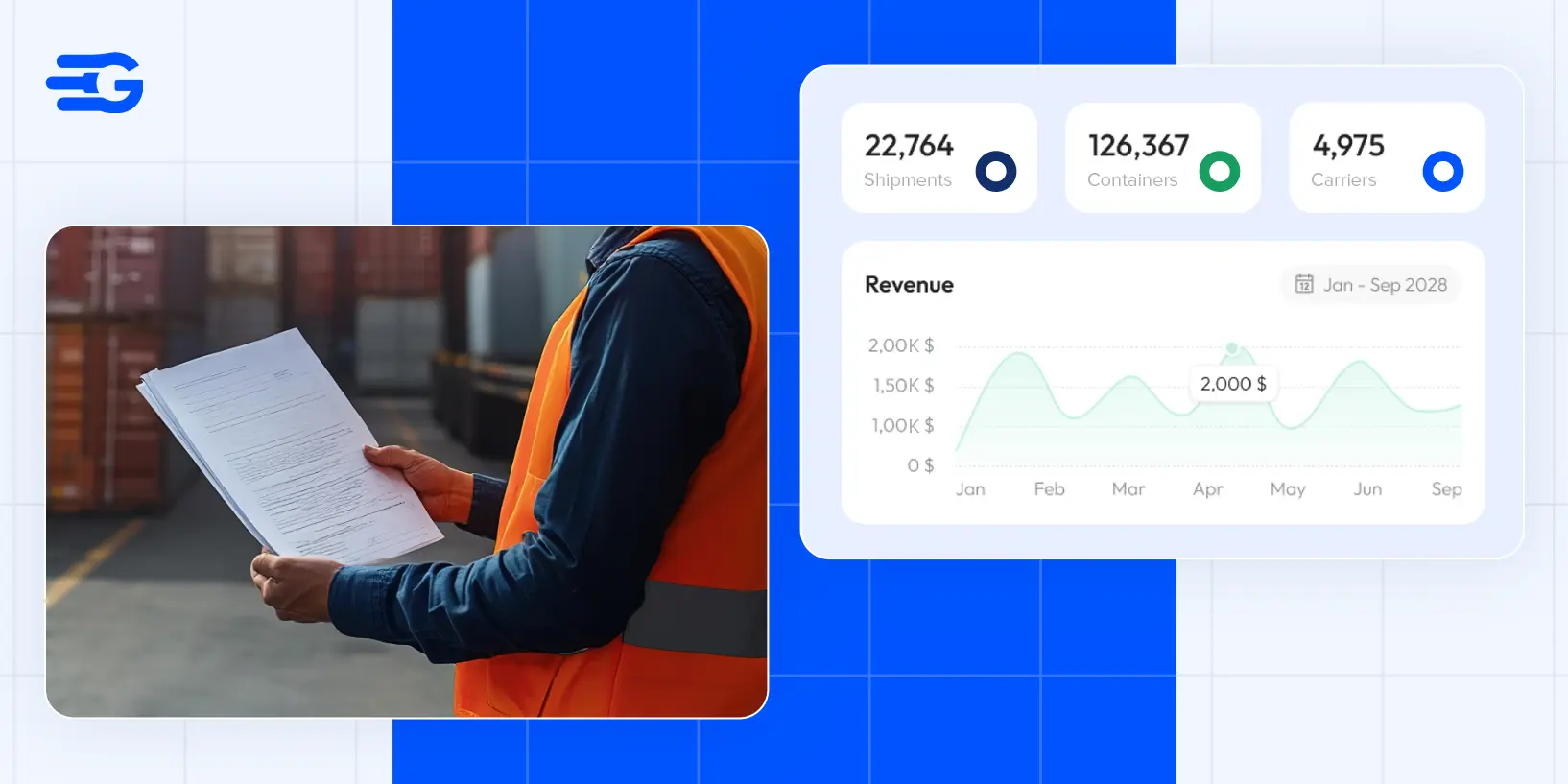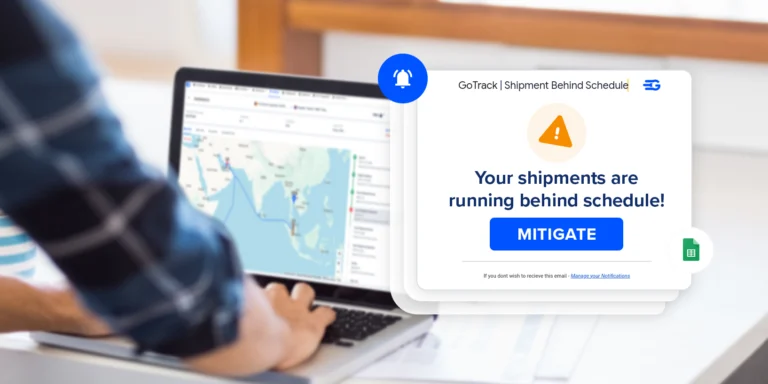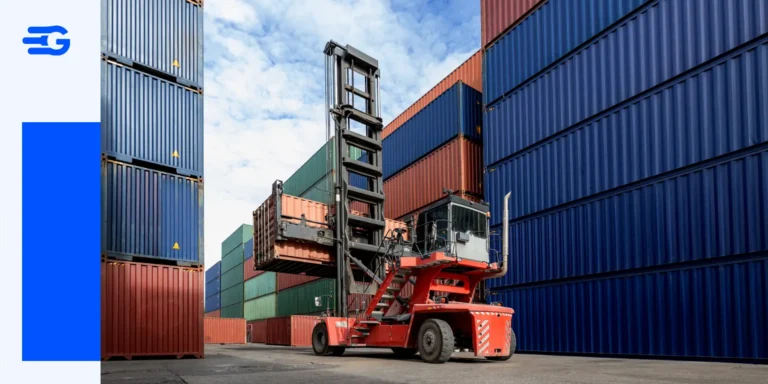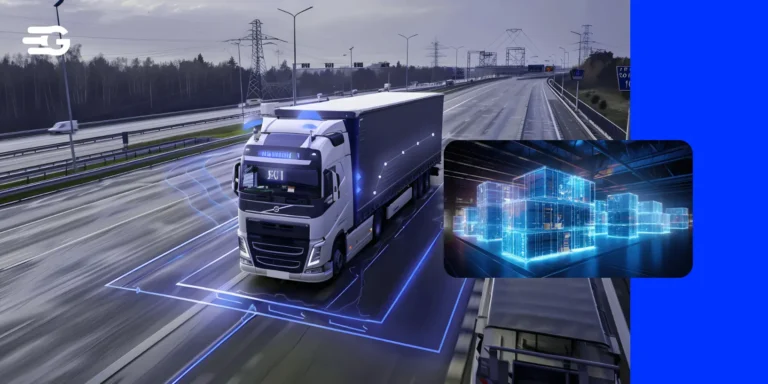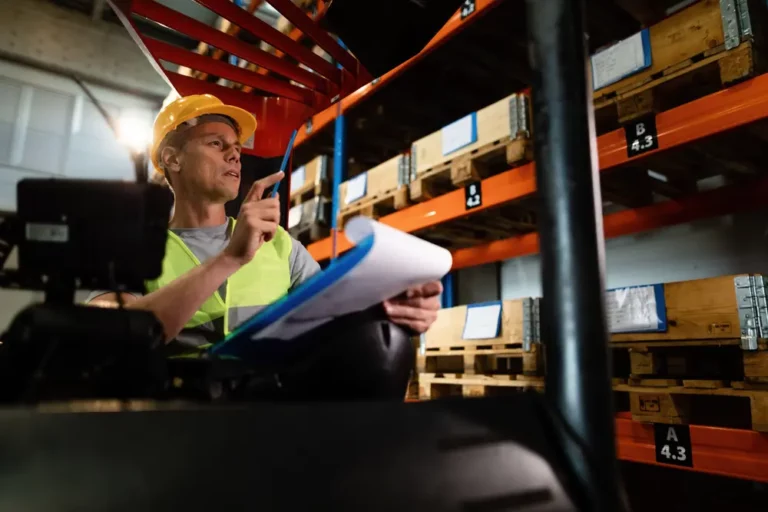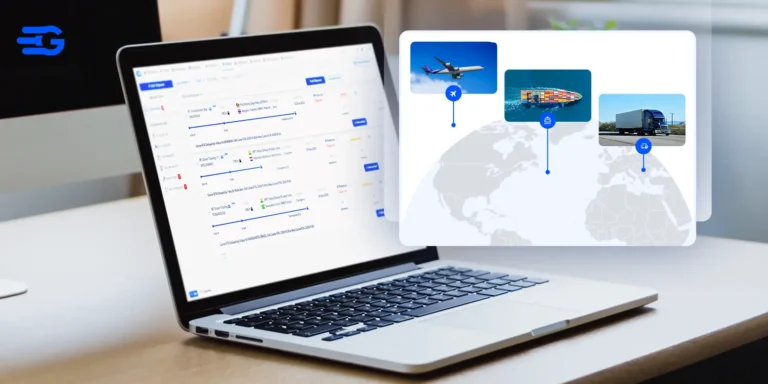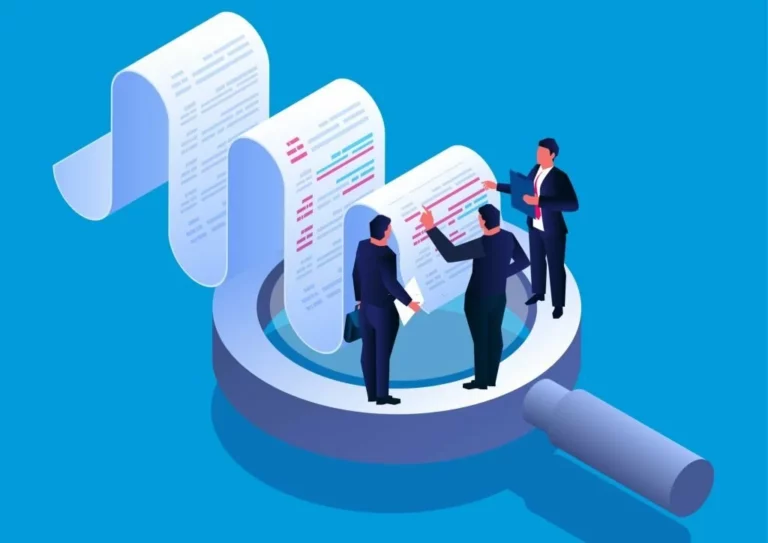Supply Chain: Control Tower Logistics vs Traditional Management
Modern supply chains are more interconnected and volatile than ever. Businesses manage multiple suppliers, transport modes, warehouses, and distribution hubs, all while navigating unpredictable disruptions. Yet, traditional supply chain management struggles to keep up, relying on delayed data, manual coordination, and reactive decision-making. This is where control tower logistics is transforming the industry.
By providing real-time visibility, predictive analytics, and AI-driven automation, a Supply Chain Control Tower enables businesses to anticipate disruptions and streamline operations. In this blog, we’ll break down the key differences between traditional supply chain management and control tower logistics, showing why companies are making the shift, and how they’re gaining a competitive edge.
What is Traditional Supply Chain Management?
Traditional supply chain management has worked for decades, but it wasn’t designed for the complexity of modern logistics. It relies on separate systems handling different parts of the supply chain, with teams operating independently rather than as a connected unit.
This setup makes sense when supply chains are stable, but the moment something goes wrong, it takes too long to detect, communicate, and fix the issue.
Most businesses use a mix of ERP, WMS, and TMS systems, but these tools don’t share data in real time.
That means logistics teams track shipments in one place, procurement handles vendors separately, and warehouses update stock levels on their own timeline.
This results in efficiencies like:
- Siloed Data: Instead of having a single source of truth, businesses end up with fragmented insights: inventory reports in one system, shipment tracking in another, supplier performance in a third.
- Reactive Approach: Teams spend most of their time firefighting problems rather than preventing them. Why? Because they operate in a “reporting” model instead of a “real-time monitoring” model. Issues only surface after they’ve caused damage.
- Inefficiencies in Operations: Since departments (procurement, logistics, warehouses) operate in silos, coordination is slow and manual. It takes extra time to resolve bottlenecks, communicate with multiple vendors, and adjust logistics when unexpected events occur.
For example, think of a shipment delay at a key port. In a traditional supply chain setup, teams usually don’t get real-time alerts. Instead, they only realize the delay when customers start escalating complaints or when inventory runs low.
By the time the logistics team reacts, valuable time and money have already been lost.
However, this could’ve been avoided with Control Tower Logistics. Let’s see how.
What is a Supply Chain Control Tower?
A supply chain control tower is a centralized system that provides real-time visibility and predictive insights across an entire logistics network. It integrates data from suppliers, carriers, warehouses, and ports into a single platform, enabling companies to track shipments, anticipate risks, and automate responses.
Unlike traditional supply chain management, which reacts after problems occur, a Control Tower identifies disruptions before they escalate using AI-driven analytics, IoT sensors, and automated workflows. This allows logistics teams to make faster, smarter decisions based on live data.
Ultimately, this can help you with:
- Live Shipment Tracking: Know exactly where goods are at any moment, across multiple carriers and routes.
- Proactive Alerts: Automated notifications highlight potential disruptions, delays, customs holds, port congestion, before they impact deliveries. This is a key advantage of control tower logistics over traditional systems.
- Automated Workflows: Reduces manual coordination by automating responses to common supply chain issues, from rerouting shipments to adjusting inventory allocations.
Let’s understand this with an example as well.
Say a company shipping components for manufacturing receives an alert from its Control Tower that customs clearance is taking longer than usual at a key transit hub. The system analyzes past clearance times, real-time congestion data, and carrier performance to flag a high probability of delay.
Instead of waiting for the delay to occur, the Control Tower automatically suggests rerouting through an alternate port with faster processing times or triggering expedited clearance with pre-approved documentation.
GoComet can enhance this capability by integrating customs data, carrier insights, and AI-driven risk assessments, helping businesses stay ahead of disruptions rather than reacting to them.
Key Differences: Traditional Supply Chain Management Vs. Supply Chain Control Tower Logistics
| Feature | Traditional Supply Chain Management | Control Tower Logistics |
| Visibility | Data is scattered across ERPs, WMS, TMS, and spreadsheets, leading to blind spots in tracking shipments, inventory, and supplier performance. | Real-time, end-to-end visibility consolidates all supply chain data into a single platform, offering a live, unified view of logistics operations. |
| Decision-Making | Reactive approach: issues like delays, stock shortages, or supplier failures are identified only after they cause disruptions. | Proactive approach: AI-driven analytics predict risks before they escalate, allowing teams to take corrective actions in advance. |
| Collaboration | Supply chain stakeholders (suppliers, transporters, warehouses) operate in silos, leading to miscommunication, slow responses, and inefficiencies. | A centralized platform connects all stakeholders, enabling faster coordination, automated workflows, and seamless issue resolution. |
| Data Processing | Relies on manual data entry and periodic reports, causing delays in recognizing supply chain inefficiencies. | AI-driven automation processes real-time data, providing instant alerts and actionable insights for faster decision-making. |
| Cost Efficiency | High costs due to delays, inefficient freight management, and unoptimized inventory allocation. | Optimized operations lower costs through route optimization, demand forecasting, and automated exception handling. |
The difference between managing disruptions after they happen vs. preventing them before they occur defines supply chain efficiency. A control tower logistics model ensures businesses stay ahead of disruptions, reduce costs, and operate with real-time intelligence.
A platform like GoComet bridges these gaps, offering AI-powered visibility and predictive analytics to make supply chains smarter, faster, and more resilient.
Why Leading Companies are Moving to Control Towers
Complex supply chains can’t afford inefficiencies anymore. With global disruptions, unpredictable demand, and increasing customer expectations, companies that rely on outdated processes are falling behind. Traditional supply chain management is too slow, too reactive, and too fragmented to handle modern logistics challenges.
Look at these numbers:
- As per Epicor, 55% of businesses prioritize real-time visibility to improve responsiveness and mitigate disruptions. Without it, supply chain leaders operate in the dark, reacting only after issues escalate.
- As reported by McKinsey, Early adopters of AI-driven supply chain management have seen logistics costs drop by 15%, inventory levels improve by 35%, and service levels increase by 65%, outpacing competitors who still rely on traditional approaches (McKinsey).
Control tower logistics becomes even more important if your business manages multimodal logistics (where shipments involve multiple carriers, transport modes, and international borders). It helps transform supply chain operations from reactive firefighting to data-driven precision.
Companies leveraging GoComet’s Control Tower capabilities have seen measurable improvements in cost efficiency, operational agility, and logistics performance, ensuring they stay ahead in an increasingly volatile market. Learn more.
How to Transition from Traditional Supply Chain Management to a Control Tower Approach
Shifting to a control tower logistics model requires a structured process to ensure seamless integration and measurable improvements.
Here’s how you can make the transition from traditional supply chain management to a control tower logistics effectively:
- Assess Pain Points: Start by mapping your supply chain workflows. Look at where delays occur most often. Are shipments stuck in customs? Are inventory levels inaccurate? Is vendor communication too slow? Analyze historical data from ERPs, WMS, and TMS systems to pinpoint the most common bottlenecks.
- Invest in a Scalable Visibility Platform (Like GoComet): A Control Tower isn’t a replacement for existing tools, the missing layer unifies them. Choose a platform that integrates seamlessly with ERPs, WMS, TMS, and carrier networks, ensuring real-time data synchronization across all logistics touchpoints without disrupting ongoing operations.
- Implement Predictive Analytics & Automation: AI-powered analytics detect early warning signs of disruptions. For example, if port congestion rises, the system suggests rerouting shipments before delays occur. Automating workflows means that corrective actions, like expedited customs clearance or supplier adjustments, are triggered in real time instead of waiting for manual interventions.
- Monitor KPIs: Transitioning to a control tower logistics model requires tracking results and refining strategies. Companies monitor on-time delivery rates, freight costs, inventory accuracy, and vendor performance to ensure measurable gains. Regular audits help adjust automation rules and analytics models for ongoing improvement.
As supply chains grow more complex, real-time visibility, predictive analytics, and AI-driven automation have become critical for minimizing disruptions and reducing costs. Companies that rely on fragmented systems and reactive decision-making will struggle to stay competitive.
Those that adopt a Control Tower model gain full visibility, proactive risk management, and automated workflows, ensuring supply chains operate with greater efficiency and resilience. Ready to see how a control tower logistics can optimize your supply chain? Explore how GoComet’s AI-powered platform provides real-time visibility and predictive insights to transform logistics operations.
